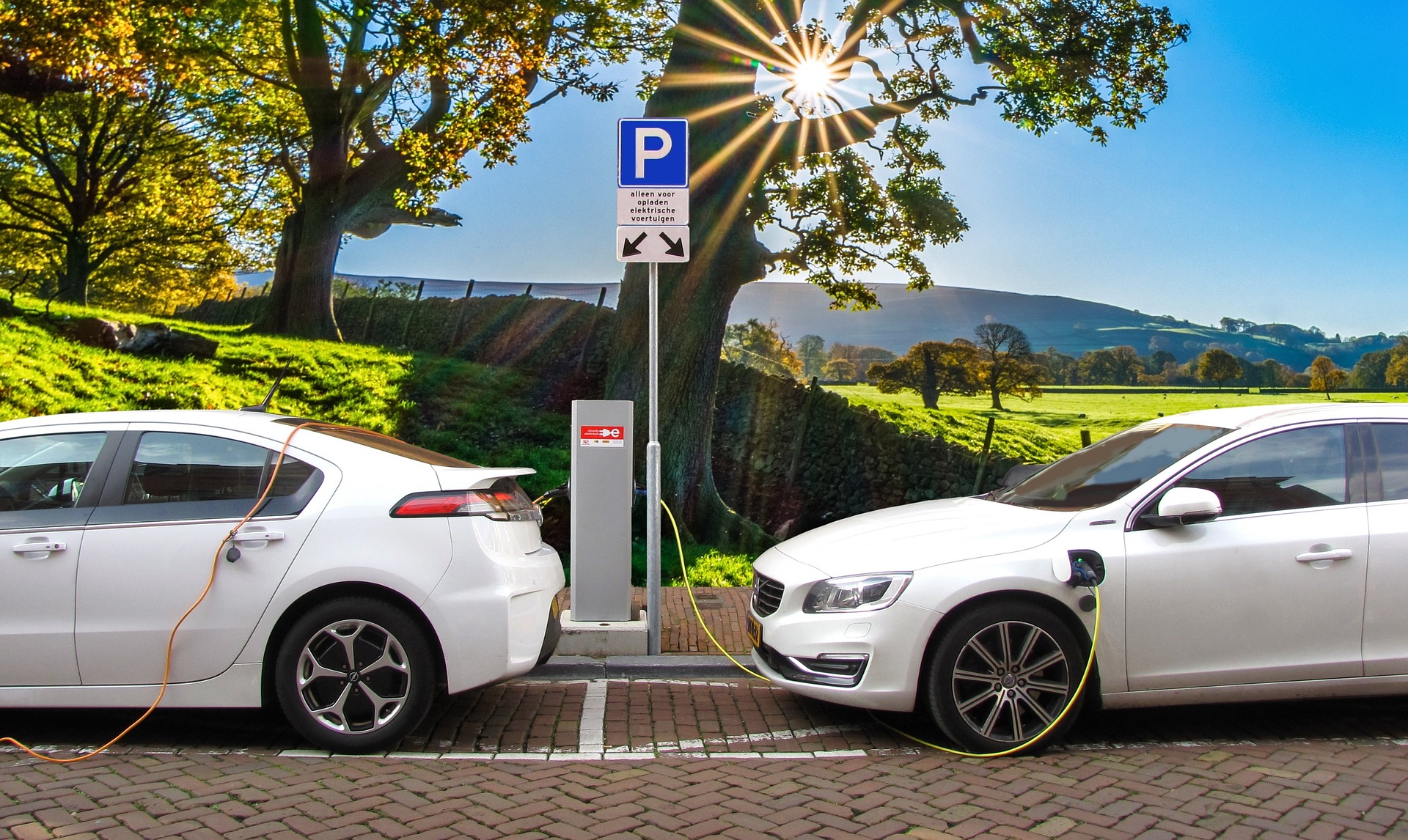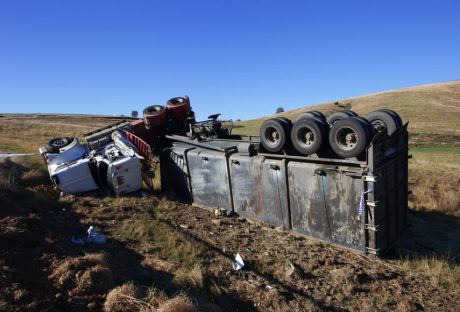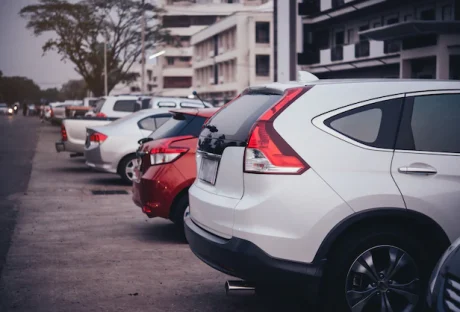A large percentage of homeowners stroll in and out of their garage and don’t give a second thought about it. But it is extremely important that you don’t neglect your garage and keep it in the best condition possible. For maintaining garage you have to understand the facts that can help you to achieve your goals.
After all, it protects one, if not a couple of the biggest investments you and your partner have ever made (your cars), along with whatever else you have in there. Think of it this way, the odd maintenance job could save you and your family from losing out on thousands.
If you’re looking for a brand-new concrete garage to protect you, your family and your belongings from the dangers of the outdoors, look no further than Dencroft Garages. Their friendly, experienced staff are always at hand to help out, give them a call now.
Different Ways You Can Apply For Maintaining Garage
Keep the door running smoothly
A lot of new garage doors these days are self-lubricated, but if they aren’t, it is recommended that you apply oil to the rollers, hinges, and tracks every couple of months. Another important note to take is this – occasionally be checking the rubber seal at the bottom of your garage door as it can tear and wear, and allow the elements to creep under (replacing this seal can cost £100).
Also, regularly check that the sensors on either side of your garage door still work by closing when something crosses its path.
Clean the floor
To prevent hazards, slips, and from occurring, clear your garage floor and hose it down. If there is a serious trip hazard due to a bit of concrete which has crumbled or separated, you can try to patch it back up yourself or call a contact a concrete contractor.
If you’re looking for further tips and instructions to clean the floor in your concrete garage, this article has five fantastic tips to make sure your garage floor is looking the best it can be.For maintaining garage
Monitor the walls
You should check your walls at least twice a year to see if there any cracks or moisture. If you see any discolor or mold on the walls, then moisture is seeping from the roof or the walls and needs to be seen to straight away – call a building or roofing contractor for the further inspection. For maintaining garage you have to monitor walls.
Clean interior doors
Your interior door plays a huge part in the safety and insulation of your home, so once a year you should clean it and make sure that all the weather-stripping is still intact. If not, then replace the weather-stripping – this stops all the elements from entering your home.
Watch for pest invasions
Insects such as termites and carpenter ants can seriously damage the quality of your garage walls, so to prevent them from invading your garage, inspect dark, cool and moist spots – particularly where the walls meet. If you see chewed wood you will most likely have termites, or if there are trails of sawdust, it’s carpenter ants – this is when you should call in pest control experts.
Read Also:






















